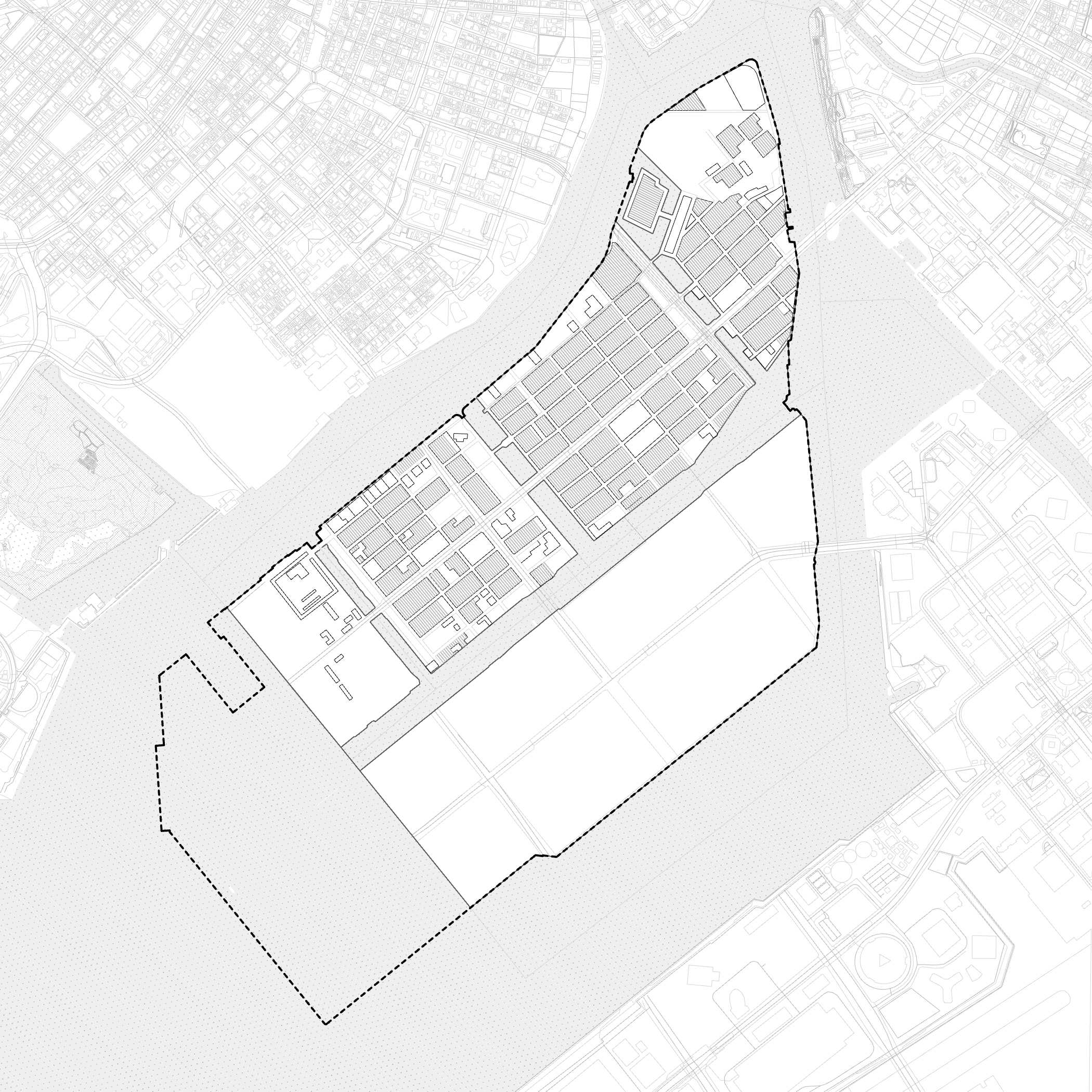It is without doubt that the 1964 Tokyo Olympic Games played an instrumental role in urbanizing the capital of Tokyo at an astonishing speed. For many, they represent Japan’s exultant return to the world stage after its defeat in World War II. The first games to be held in Asia, they showcased a country that had renounced militarism and enthusiastically embraced economic, social, and technological modernization. For all of its triumphs, however, the legacy of Olympic-led urban modernization is mixed.
From the 1940 Tokyo Olympics, which were cancelled after the onset of WWII, to the Games held in the summer of 2021, preparations for the Olympics have involved dramatic transformations of the city and its transportation infrastructure. The 1964 Olympics produced a new monorail to speed the arrival of international travelers from Haneda Airport, the Shinkansen high-speed rail system that connected Tokyo to the Kansai region, and an elevated expressway that radically altered patterns of movement in the city.
New infrastructure alleviated traffic but also encouraged sprawl in an already space-scarce region. Some of the 1964 Olympic facilities have been reused as major green spaces, like Yoyogi and Komazawa Parks, but preparations for those Games also involved large-scale demolition and the covering over of many of the city’s waterways. The 2021 Games, with their focus on sustainability and reuse of former venues, promised an alternative model, but whether or not it has been fulfilled is a matter or ongoing debate.
The drawings that follow examine the development and legacy of Olympic facilities and infrastructure in Tokyo from the 1930s to the present.
Meiji Jingu Gaien
Meiji Jingu Gaien was the center of the 1964 Olympics. The collection of sport facilities that surround the central space was first developed for the 1930 Far Eastern Games and now includes Kengo Kuma’s Japan National Stadium.
Yoyogi 1st and 2nd Gymnasiums
The iconic Yoyogi 1st and 2nd Gymnasiums, designed by Kenzo Tange for the 1964 Olympics, also hosted events in 2021. The adjacent Yoyogi Park was previously occupied by the 1964 Olympic Village, which itself made use of the barracks of Washington Heights, a former US military base.
Komazawa Olympic Park
Once an exclusive golf club, the site of the Komazawa Olympic Park was identified as a venue for the 1940 Olympics before its cancellation. When the site was repurposed for the 1964 Games, a team led by University of Tokyo professor Eika Takayama devised a new master plan. Komazawa Olympic Park is unusual among Olympic sites for its close integration with surrounding residential districts.
Public Openness Comparison
Each of the major 1964 Olympic sites has developed differently in intervening years. Each venue at Meiji Jingu Gaien is accessed, owned, and operated separately, which detracts from the coherence of the area as an athletic and culture campus. The Yoyogi 1st and 2nd Gymnasiums are operated by a single entity and flanked by public institutions. They are cut off from Yoyogi Park by a major road bridged in one location by a landscape promenade. The Komazawa Olympic Park, which is also administered as one unit, is connected to adjacent neighborhoods by a porous pedestrian network.
Transportation Development
The infrastructure developed in preparation for the 1964 Olympics has had far-reaching effects on the organization of Tokyo. The construction of elevated expressways liberated drivers from the warren of city traffic below, but it also displaced residents and cast many central waterways into permanent shadow. Now that they are interwoven into the metropolitan scheme, altering these structures will be as daunting a task as their original creation.
